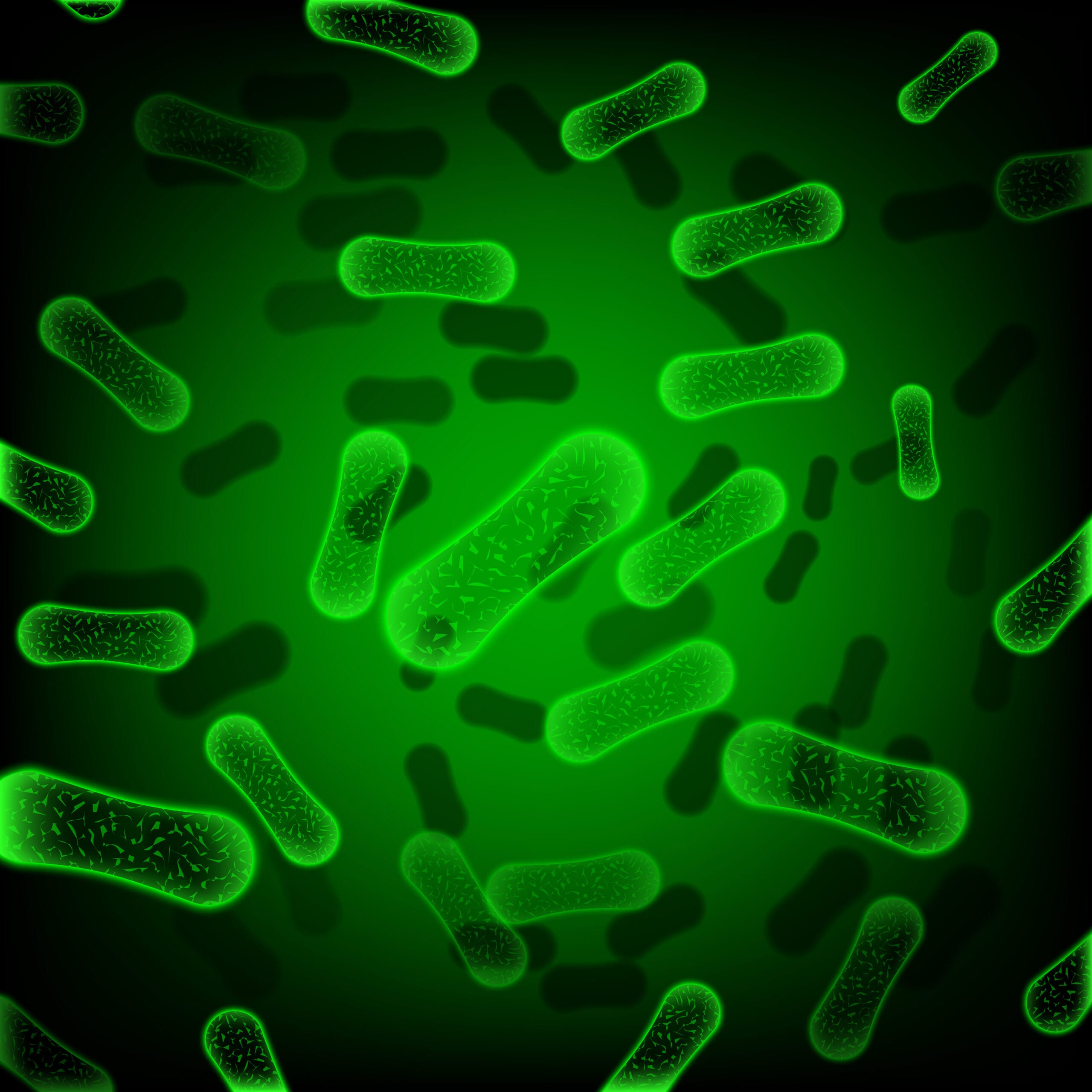
The Secret Language of Bacteria: Unveiling Microorganism Communication Mechanisms

Although bacteria are invisible to the naked eye, they are capable of “communicating” with each other to survive. This communication acts as a bridge between the intracellular environment (the cytoplasm) and the external surroundings. By exchanging information, bacteria can detect changes in their environment and adapt accordingly.
- How Bacteria Exchange Messages
- The Evolution of Communication: From Chemical to Physical Signals
- How Do Bacteria Interact with Each Other?
How Bacteria Exchange Messages
Bacteria communicate through a chemical mechanism known as quorum sensing. In this process, they release small molecules called autoinducers into their surroundings. When the concentration of these molecules reaches a certain threshold, bacteria respond by altering their gene expression, such as forming biofilms or producing toxins.
However, the effectiveness of quorum sensing can be influenced by environmental conditions. For example, fluid flow can wash away signaling molecules, disrupting communication. Other factors like pH levels and temperature can also degrade these molecules. Therefore, bacteria must produce a sufficient amount of autoinducers to ensure their messages reach other bacterial cells.
The Evolution of Communication: From Chemical to Physical Signals
Due to the limitations of chemical communication, some bacteria have evolved to use physical signals such as electrical signals, light, and mechanical forces to communicate. Physical signals are considered more reliable as they are less affected by environmental changes and can travel longer distances more quickly. These physical signals can also work in conjunction with quorum sensing, forming a more robust and flexible communication network.
Let’s explore some forms of physical communication used by bacteria:
1. Electrical Stimulation
Some bacteria can generate and respond to electrical signals. They use ion pumps to regulate electric currents across their cell membranes, which is crucial for energy production, nutrient uptake, flagellar movement (for mobility), and cell-to-cell interactions.
External electric fields can also influence bacterial behavior. For instance, high-voltage pulses can damage bacterial membranes and cause cell death, as observed in E. coli. The response to electrical stimuli can significantly affect bacterial metabolism and survival rates.
2. Photosensing: Communicating Through Light
Bacteria can also detect light using specialized proteins such as rhodopsins, phytochromes, and cryptochromes. Both phototrophic (light-dependent) and non-phototrophic bacteria use these sensors to respond to different wavelengths of light.
Light responses impact many aspects of bacterial life, including energy production, gene expression, DNA repair, movement, and synchronization with the day-night cycle. Additionally, light can stimulate the formation of biofilms, protective layers that shield bacterial communities.
How Do Bacteria Interact with Each Other?
Bacteria interact not only by exchanging molecular and physical signals but also through direct physical and chemical interactions.
Physical Interactions involve mechanical forces and nanotube formation:
- Through mechanical forces, bacteria come into contact and form specialized structures like multilayers or cell extrusion (pushing cells out of a colony). These changes help bacteria survive extreme conditions, such as starvation. Pseudomonas aeruginosa and Escherichia coli colonies exhibit such interactions.
- Nanotubes are lipid tube bridges that bacteria build to transfer nutrients, proteins, DNA, and other essential metabolites between cells.
Chemical Interactions include quorum sensing, metabolite exchange, and competition:
- Quorum sensing allows bacteria to coordinate group behaviors such as biofilm formation, toxin production, movement, spore formation, and even virus production.
- Metabolite exchange enhances cooperation within bacterial communities through the sharing of substances like amino acids, fatty acids, and vitamins.
- Competition among bacteria boosts their survival odds. Bacteria can produce compounds such as bacteriocins or antibiotics to kill or inhibit rival bacterial strains.
Bacteria may be simple organisms, but their methods of interaction are incredibly complex and sophisticated! Understanding bacterial communication opens up exciting opportunities for advancing medical and industrial technologies in the future. Through microbiological testing in the laboratory, researchers can observe how bacteria communicate, form biofilms, and adapt to extreme environments.
Laboratory testing helps identify bacterial characteristics, resistance mechanisms, and potential uses in the medical, food, and industrial sectors. This is where laboratories like IML Research play a crucial role, providing accurate microbiological testing to support science-based and safety-driven product research and development.
Author: Safira
Editor: Sabilla Reza
References:
de la Viuda, V., Buceta, J., & Grobas, I. (2025). Physical communication pathways in bacteria: An extra layer to quorum sensing. Biophysical Reviews. https://doi.org/10.1007/s12551-025-01290-1



